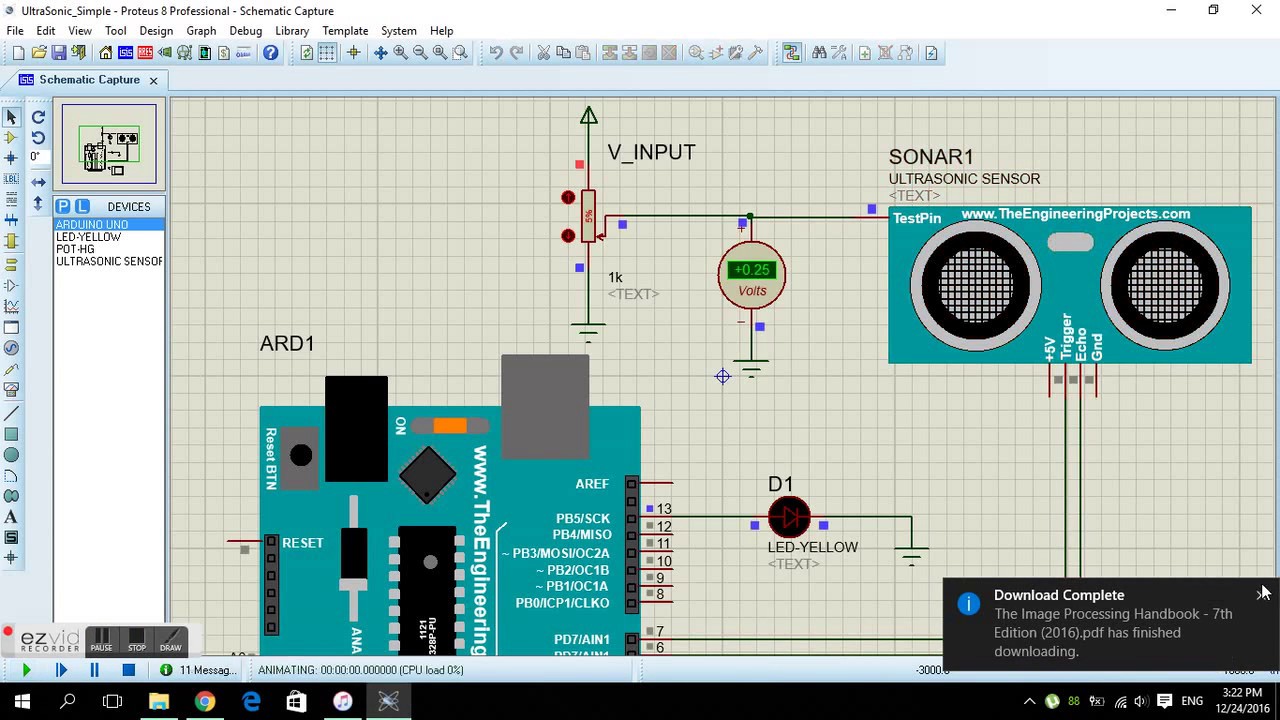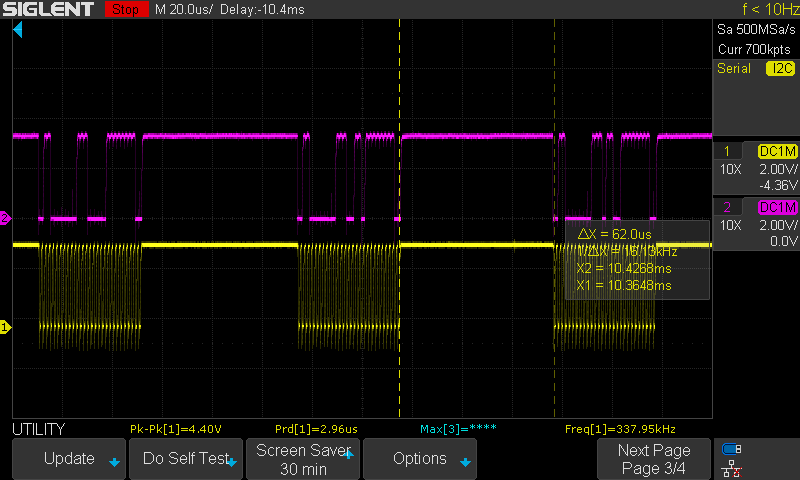

As the clock pulse changes from low to high (known as the rising edge of the clock), a bit of information containing the address of a specific device and a request for data, is transferred from the Arduino to the I2C devices over the SDA line.


The I2C protocol involves using two wires to send and receive data: a serial clock pin (SCL) that the Arduino pulses at a regular interval, and a serial data pin (SDA) over which data is sent between the two devices. Once that message is received, it can then be viewed in the Arduino serial window. Arduino 1, the Master, is programmed to request, and then read, 6 bytes of data sent from the uniquely addressed Slave Arduino. Several functions of Arduino's Wire Library are used to accomplish this. In this example, two Arduinos are programmed to communicate with one another in a Master Reader/Slave Sender configuration via the I2C synchronous serial protocol. In some situations, it can be helpful to set up two (or more!) Arduino boards to share information with each other. Learning Examples | Foundations | Hacking | Links


 0 kommentar(er)
0 kommentar(er)
